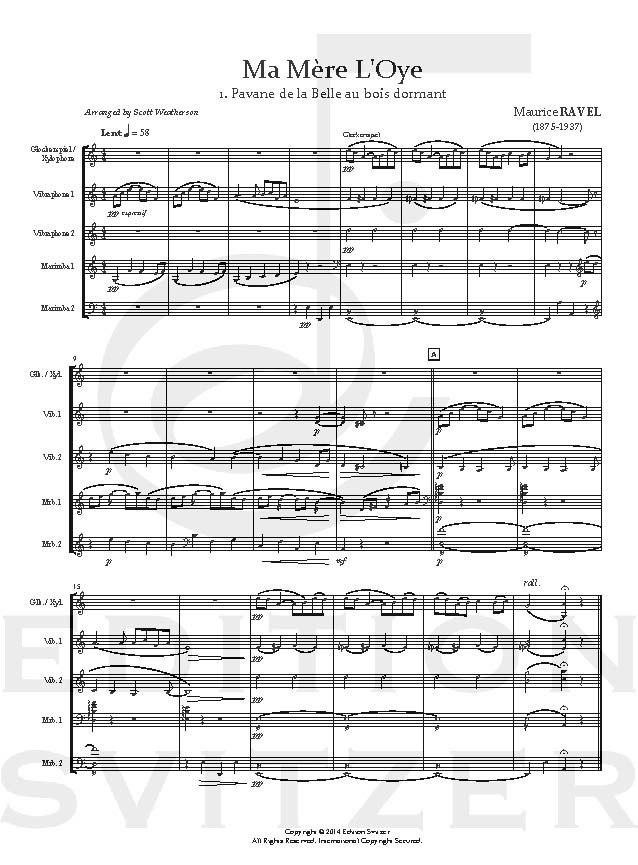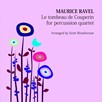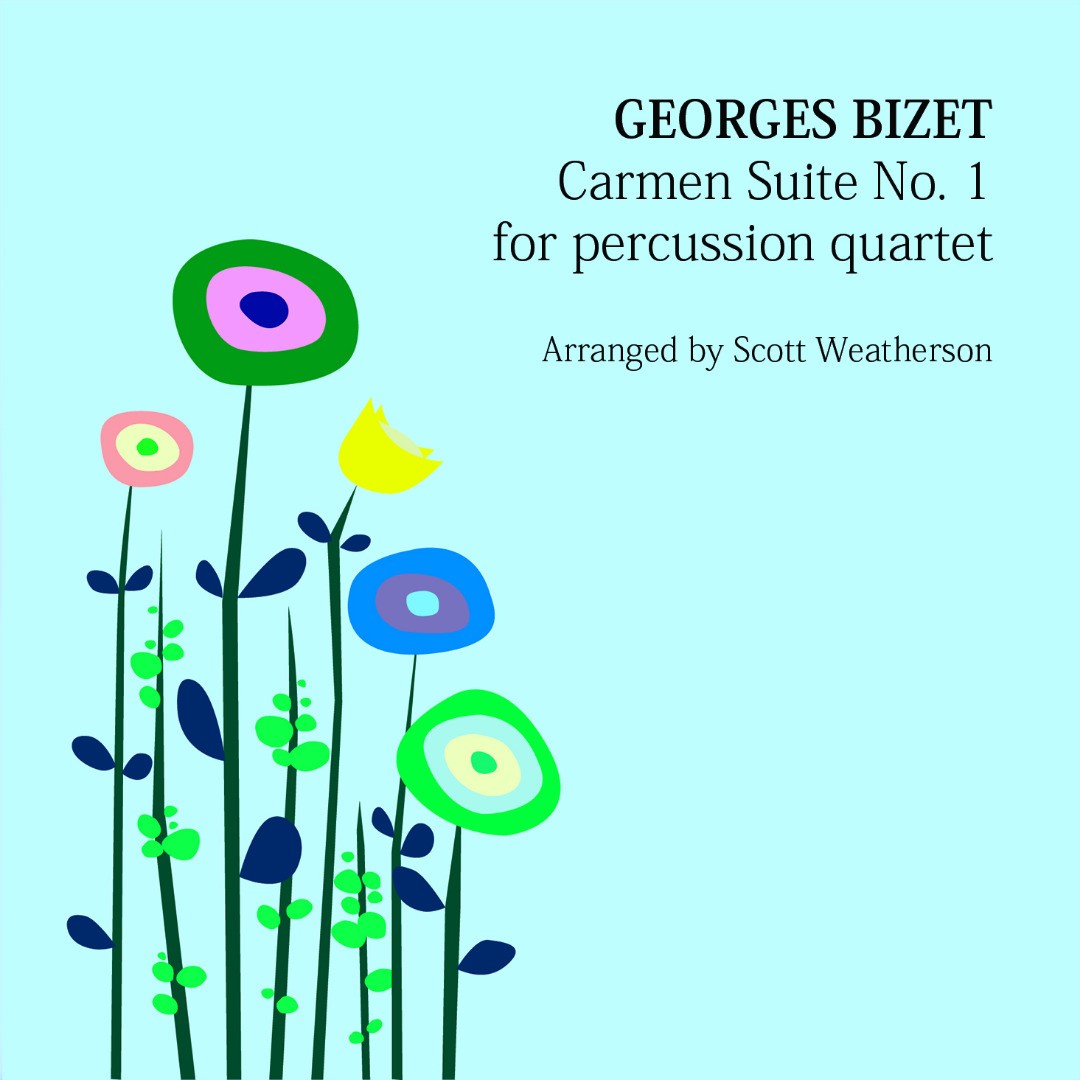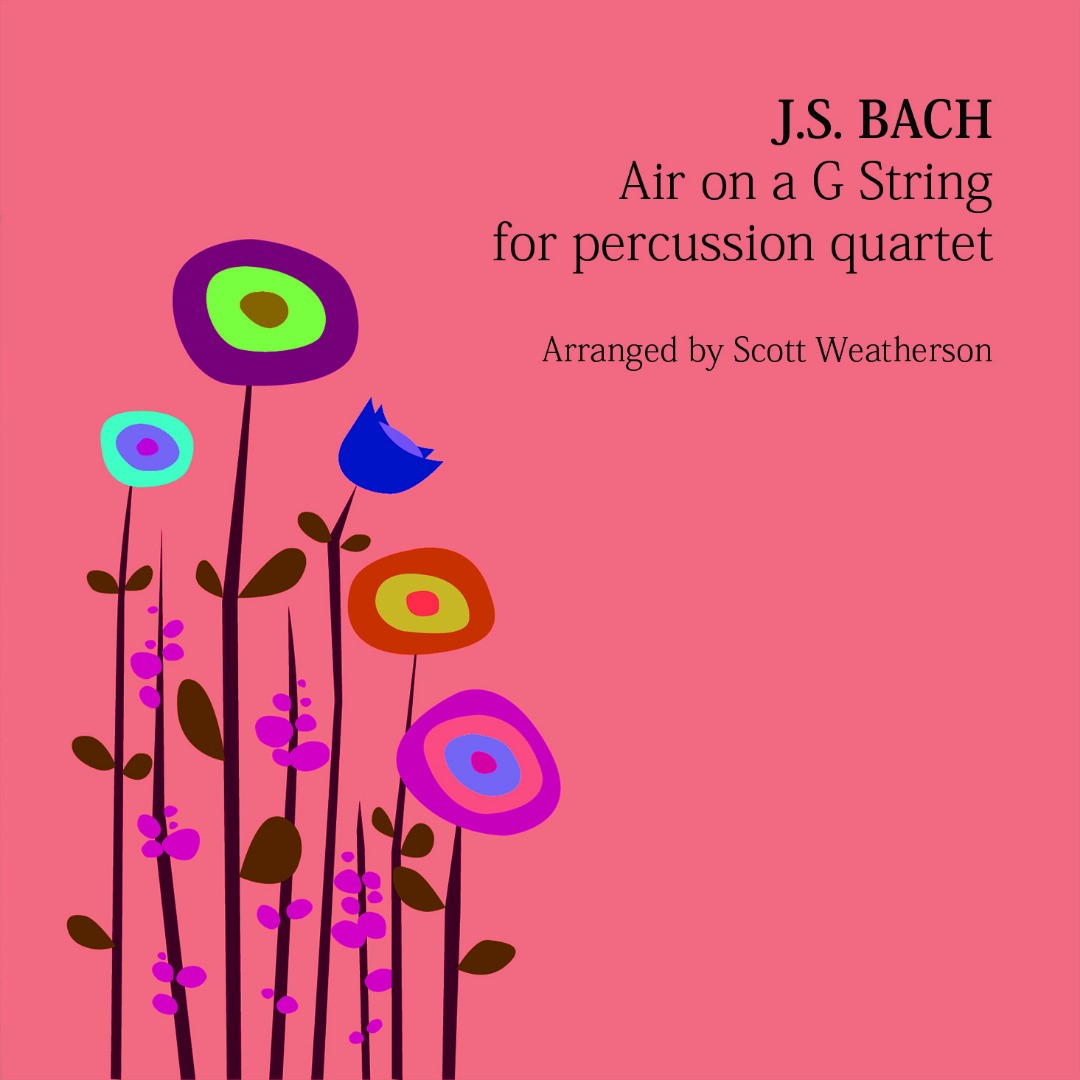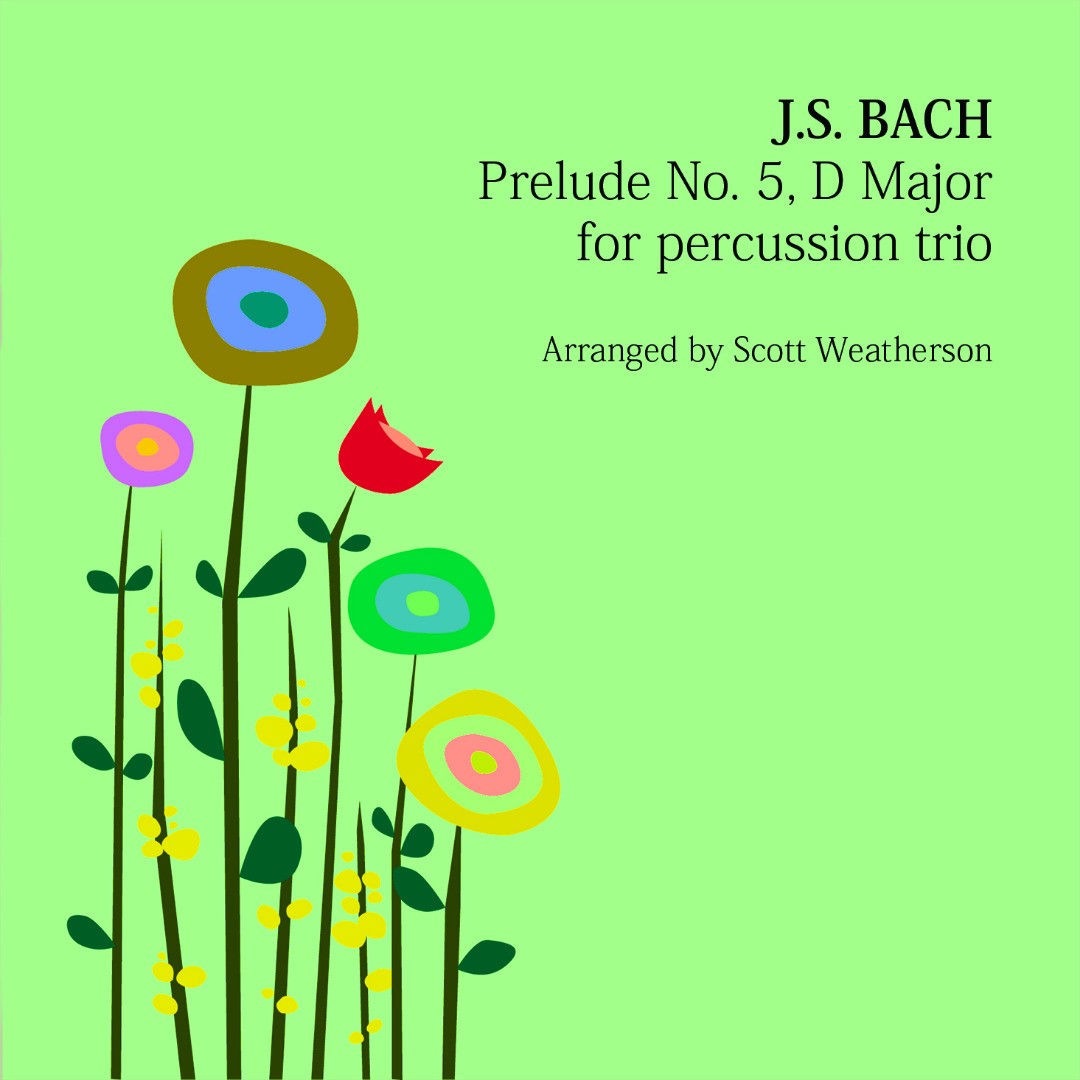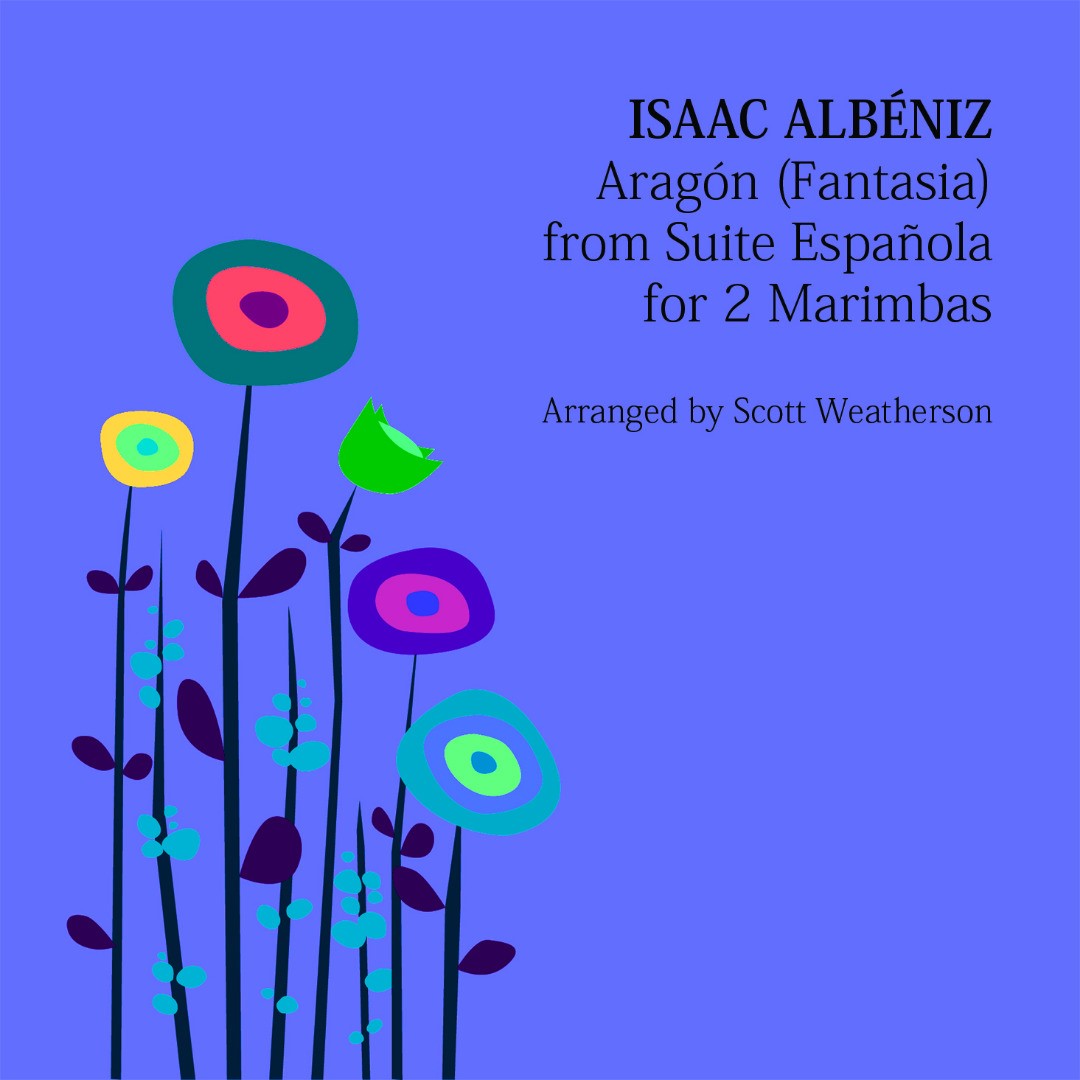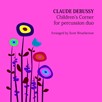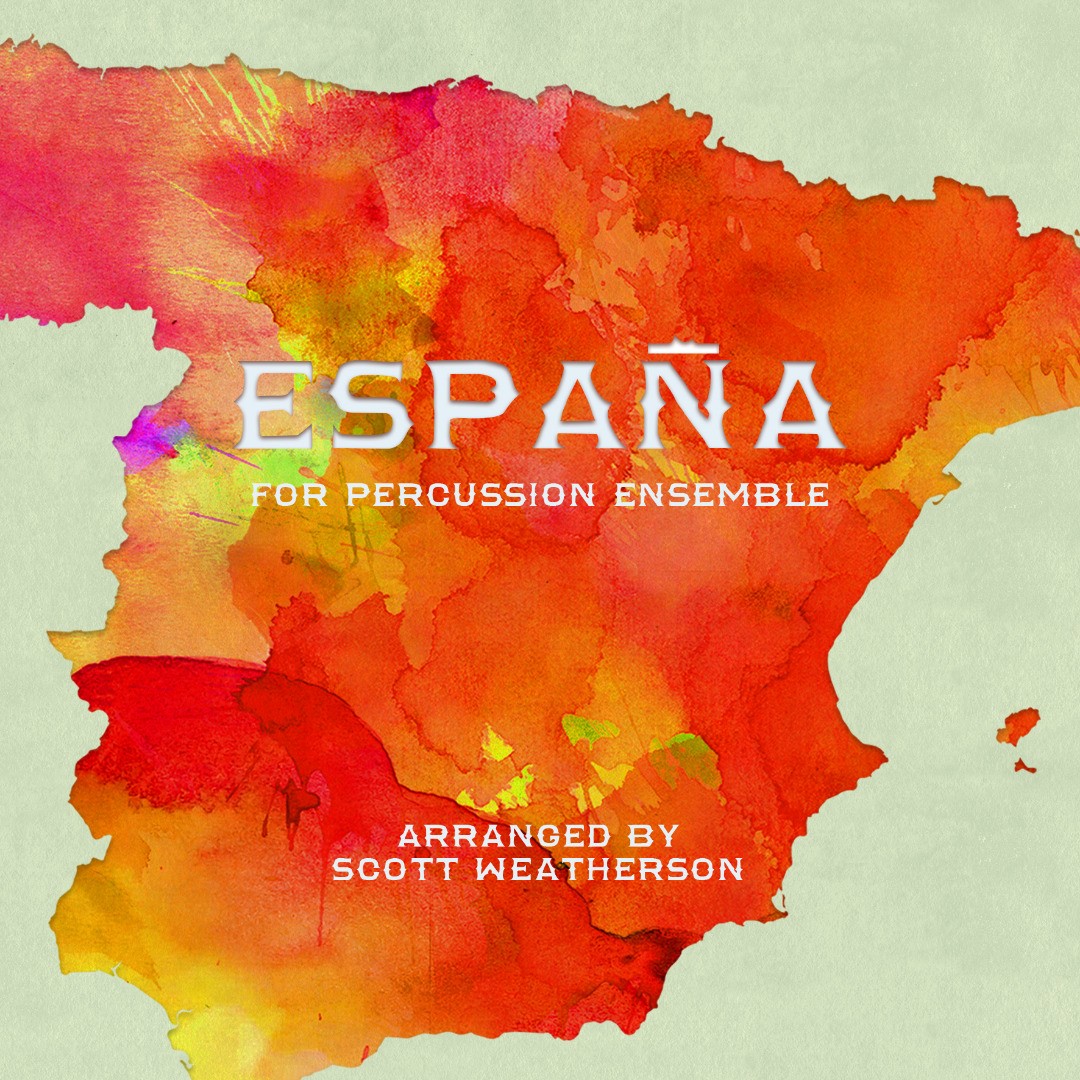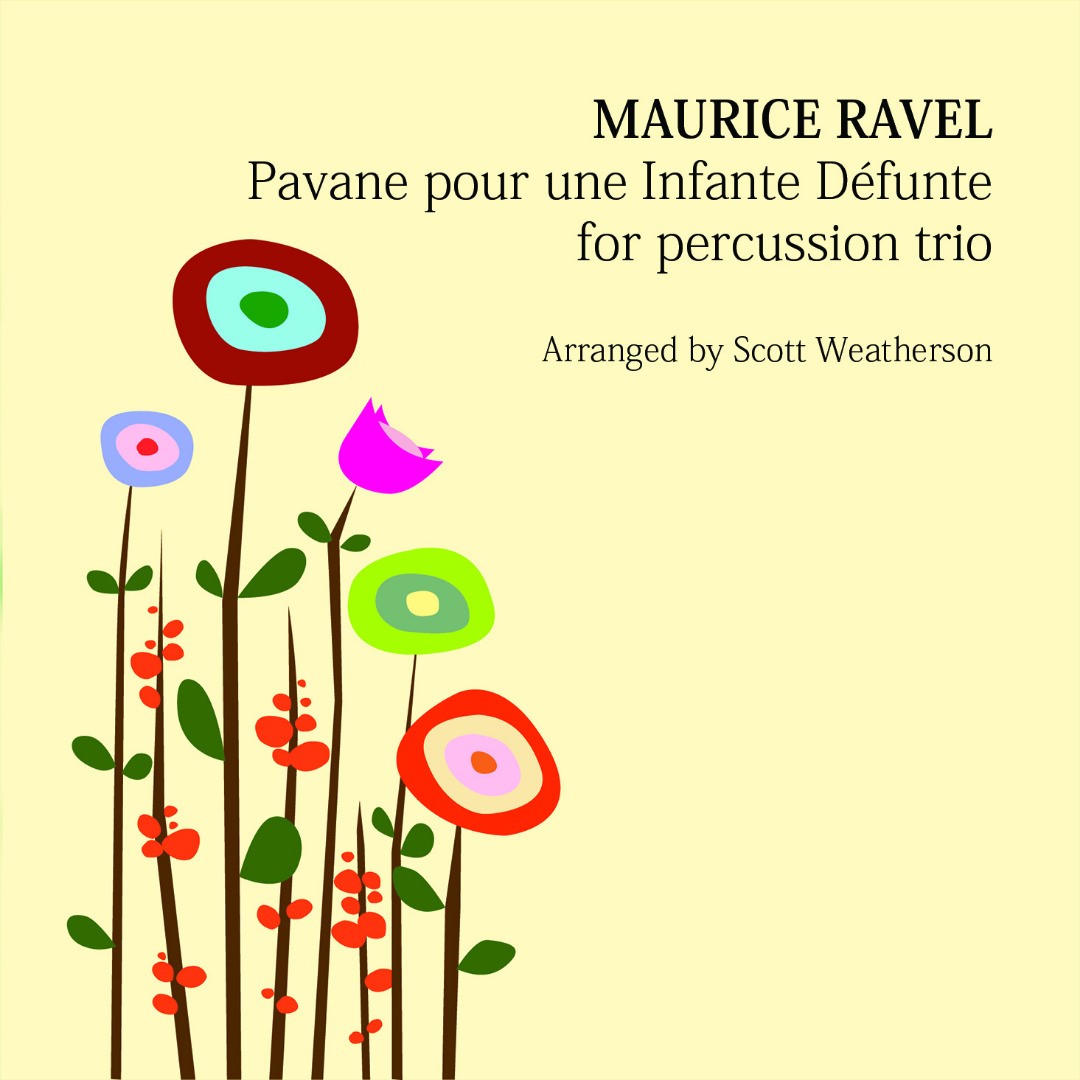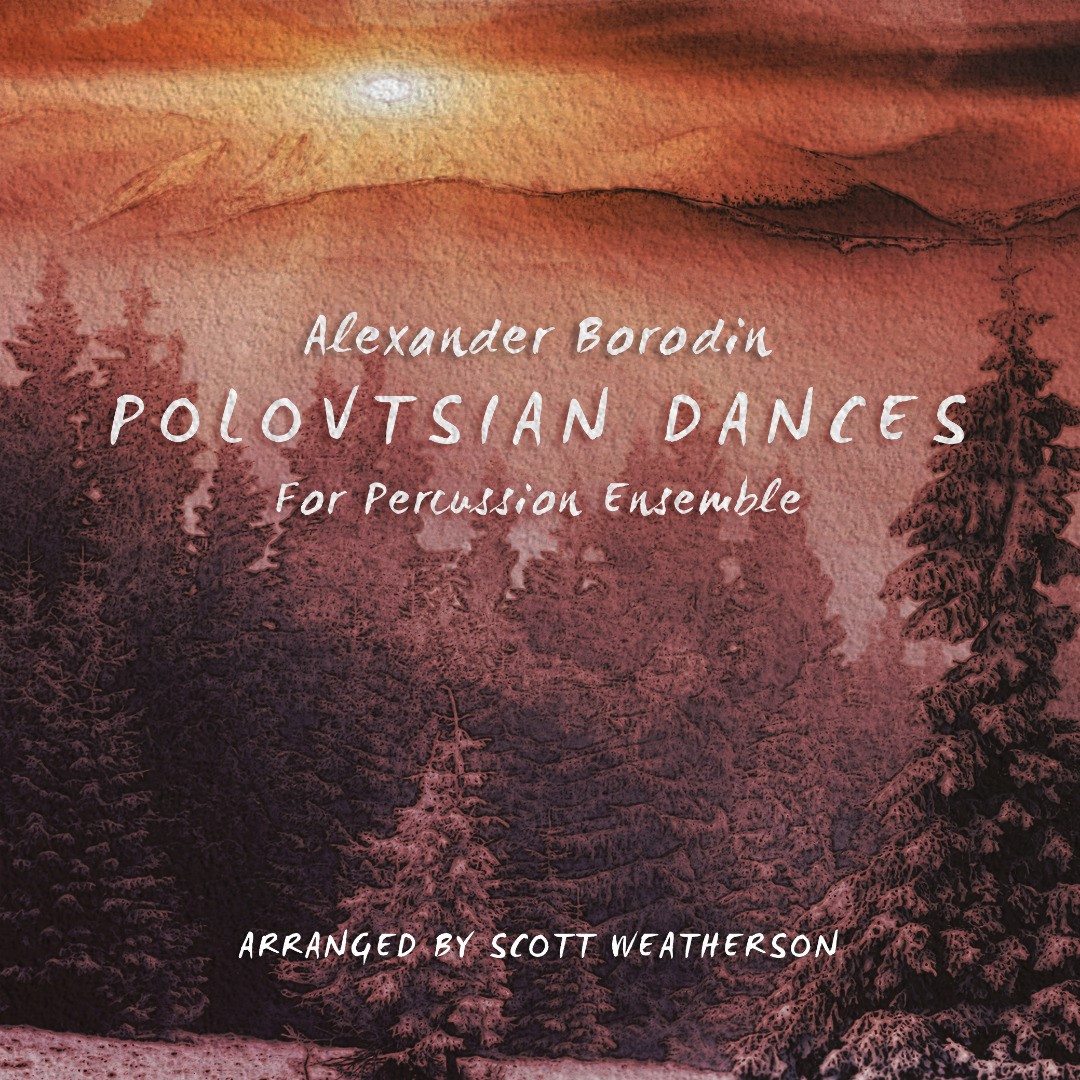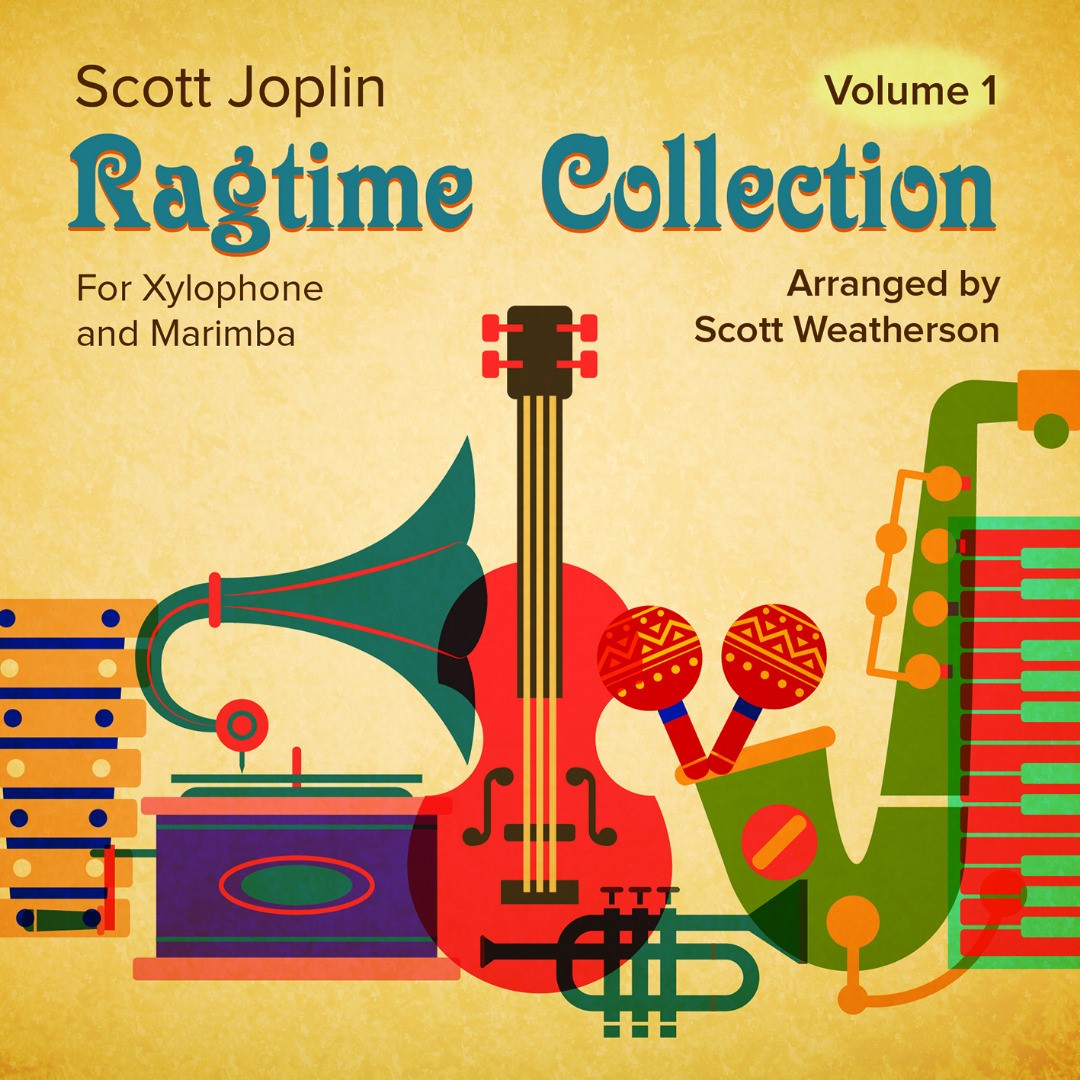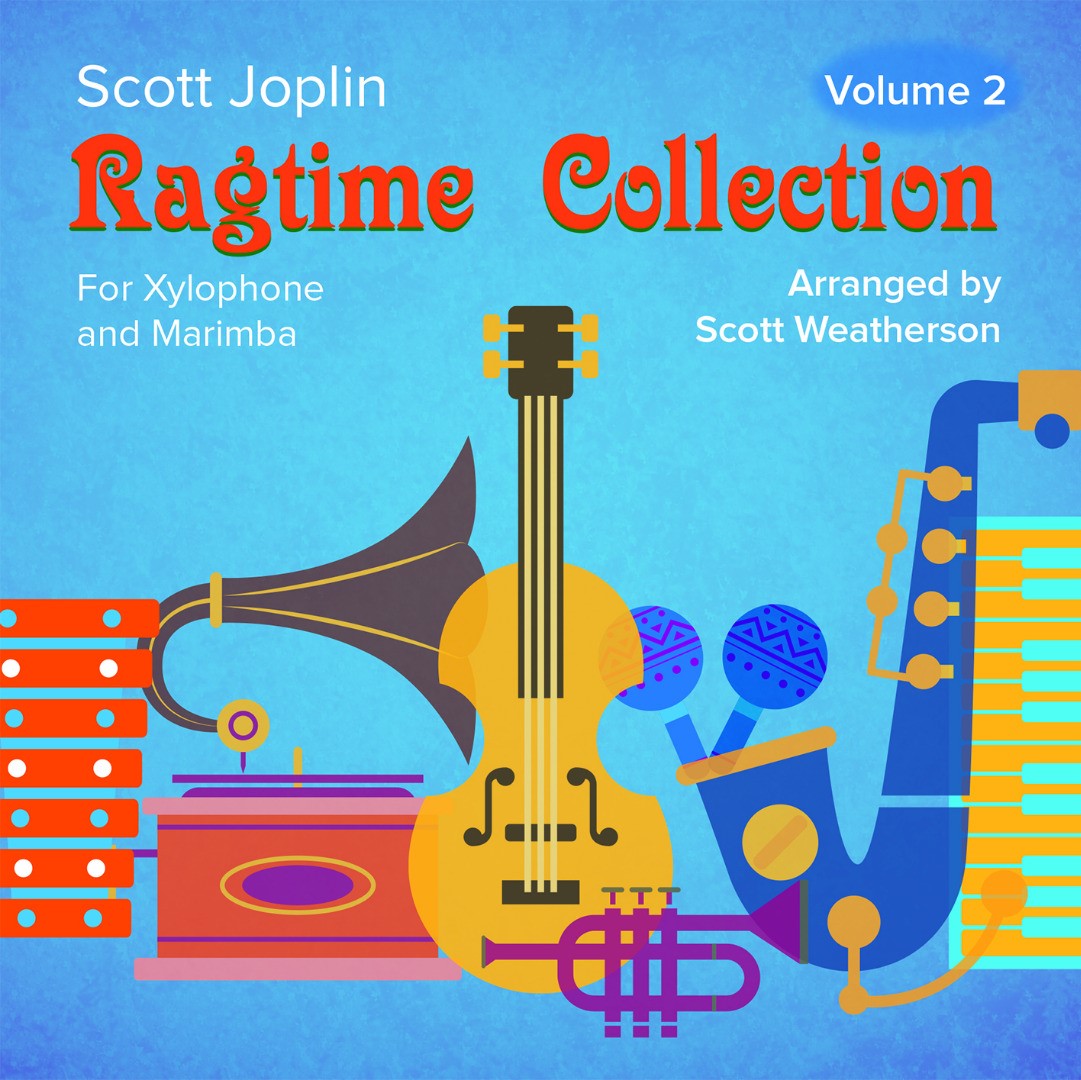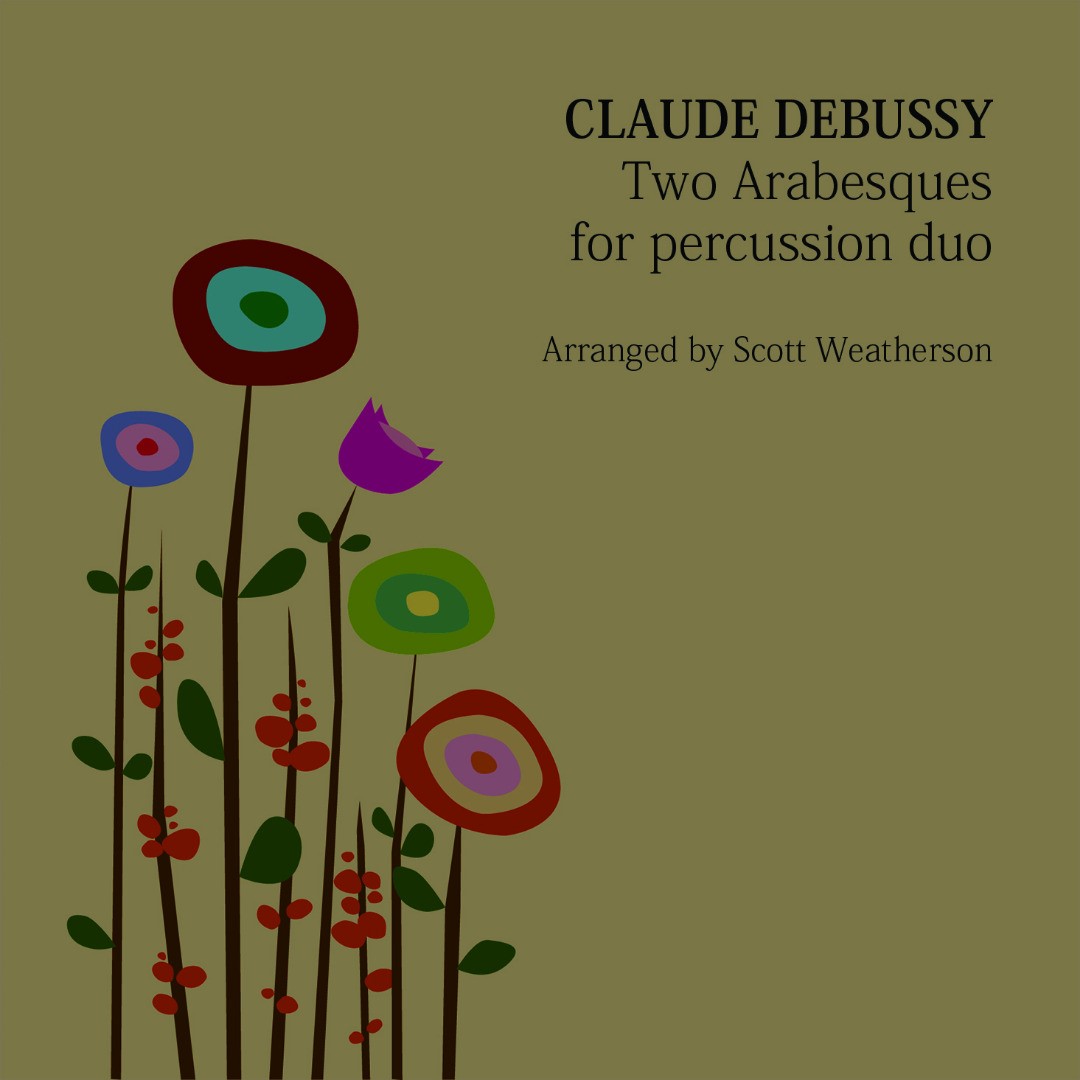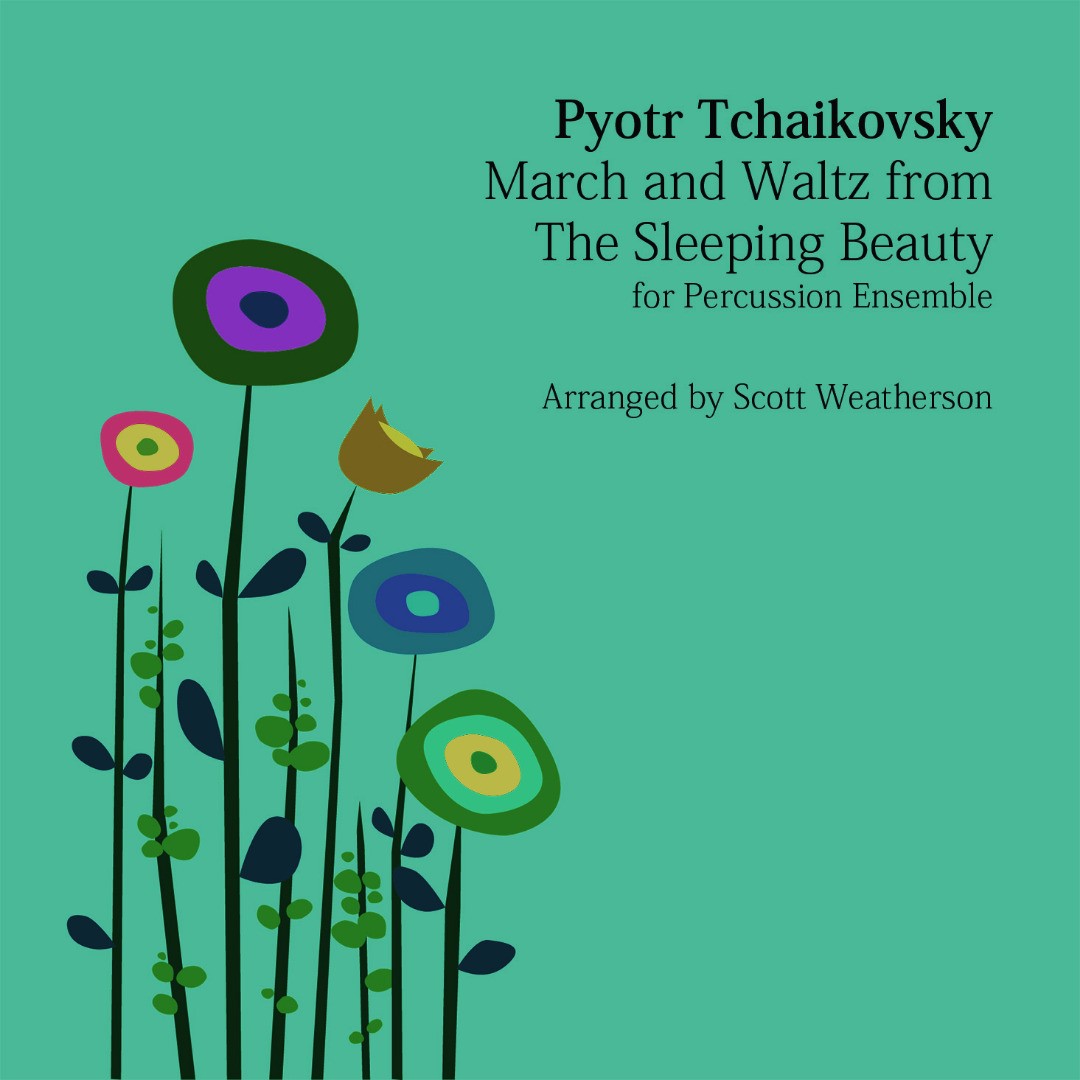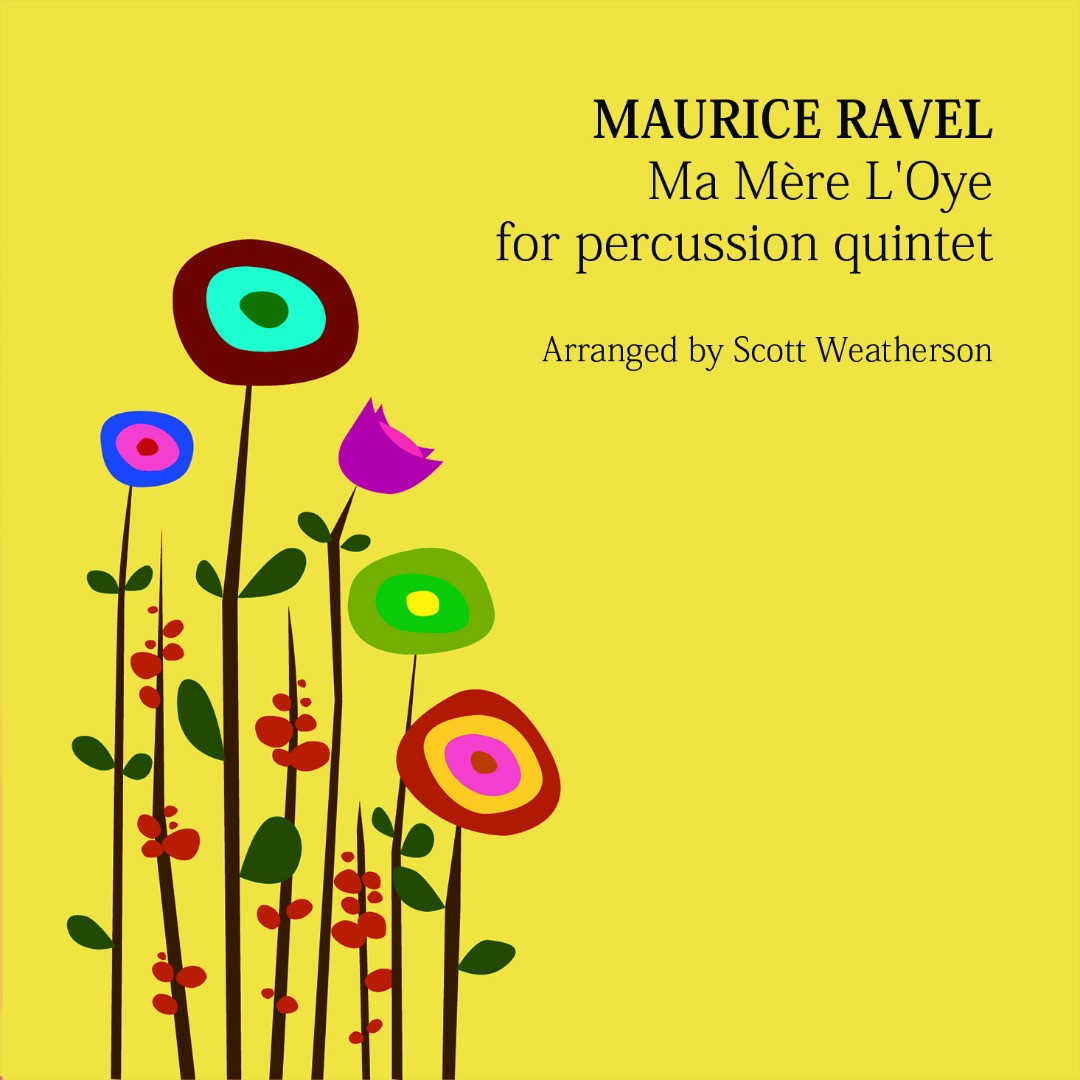
Ma Mère l`Oye
Composer: Maurice Ravel
Instrument: Percussion Ensemble
Level: unknown
Published: 2014
Price: €45.00
Item details
-
Description +
-
Arranged by Scott Weatherson
Duration: 18 min.
Ma Mère L'Oye by Maurice Ravel was, like many of his compositions, originally written for piano (in this case for four hands). The work was published in 1910 and orchestrated by the composer one year later. This arrangement for percussion quintet draws upon the colours and textures Ravel used in his orchestral version.
The original piano version bears the subtitle 'cinq pièces enfantines' (five children's pieces) and each movement is based upon fairy tales from various French writers, two of which, Sleeping Beauty and Beauty and the Beast are well known the world over.
The arrangement is for 5 players and uses glockenspiel, xylophone, 2 vibraphones and 2 marimbas (including one 5 octave instrument). Player 1 plays both glockenspiel and xylophone on the same part. There are occasional fast changes between the two instruments in which case mallets which are suitable to both instruments are recommended. Every part utilizes 4 mallet playing, including on glockenspiel which reproduces the jeu de timbres part from the final bars of the orchestral version.
-
-
Instrumentation +
-
Percussion Quintet (5 players)
Required Instruments:
1 Glockenspiel
1 Xylophone
2 Vibraphones
2 Marimbas (including one 5 octave instrument)
-
-
Watch+
-
About the composer +
-
Joseph Maurice Ravel (7 March 1875 – 28 December 1937) was a French composer, pianist and conductor. He is often associated with impressionism along with his elder contemporary Claude Debussy, although both composers rejected the term. In the 1920s and '30s Ravel was internationally regarded as France's greatest living composer.
Born to a music-loving family, Ravel attended France's premier music college, the Paris Conservatoire; he was not well regarded by its conservative establishment, whose biased treatment of him caused a scandal. After leaving the conservatoire Ravel found his own way as a composer, developing a style of great clarity, incorporating elements of baroque, neoclassicism and, in his later works, jazz. He liked to experiment with musical form, as in his best-known work, Boléro (1928), in which repetition takes the place of development. He made some orchestral arrangements of other composers' music, of which his 1922 version of Mussorgsky's Pictures at an Exhibition is the best known.
As a slow and painstaking worker, Ravel composed fewer pieces than many of his contemporaries. Among his works to enter the repertoire are pieces for piano, chamber music, two piano concertos, ballet music, two operas, and eight song cycles; he wrote no symphonies or religious works. Many of his works exist in two versions: a first, piano score and a later orchestration. Some of his piano music, such as Gaspard de la nuit (1908), is exceptionally difficult to play, and his complex orchestral works such as Daphnis et Chloé (1912) require skilful balance in performance.
Ravel was among the first composers to recognise the potential of recording to bring their music to a wider public. From the 1920s, despite limited technique as a pianist or conductor, he took part in recordings of several of his works; others were made under his supervision.
-
-
Credits +
-
Front Cover Graphics and Layout: Ronni Kot Wenzell
Engraving: Scott Weatherson & CPH Engraving
Printed in Copenhagen, Denmark
Copyright © Edition Svitzer
www.editionsvitzer.com
-
